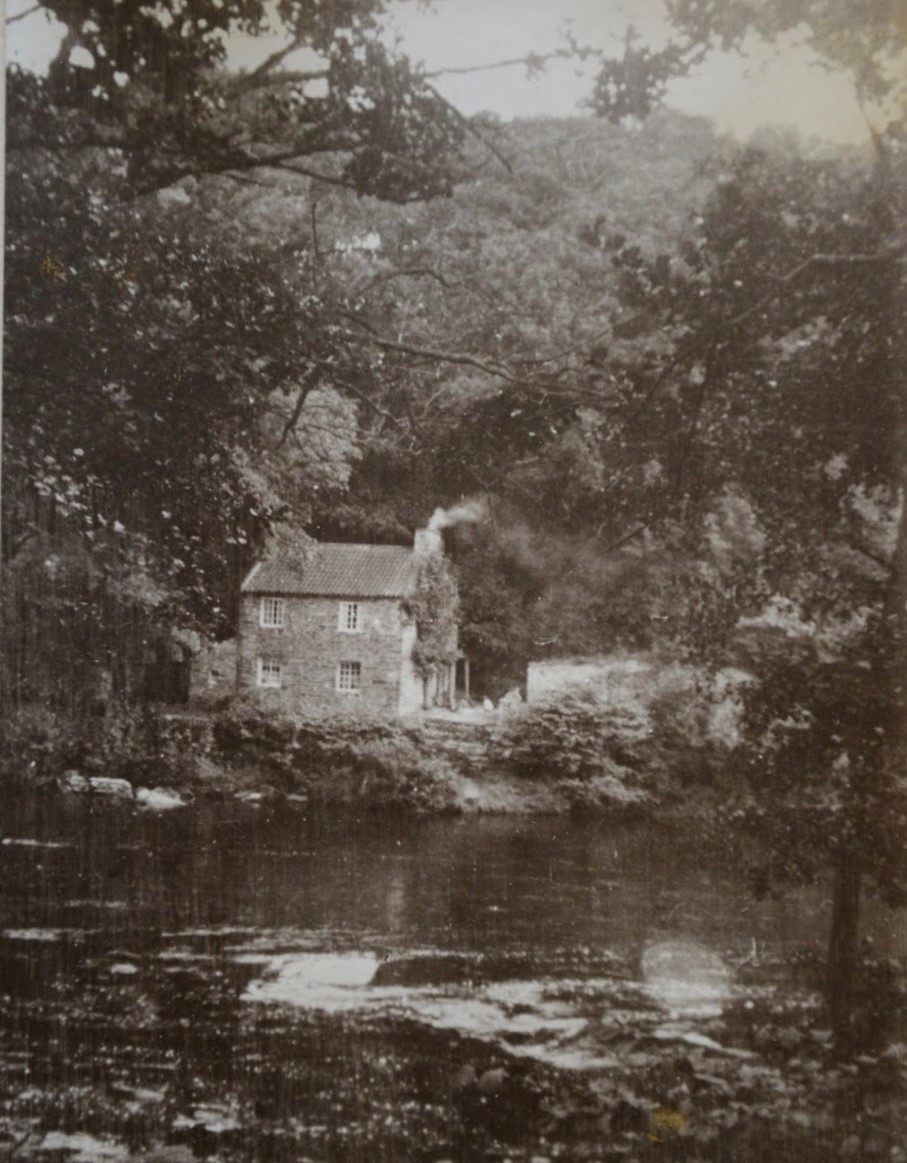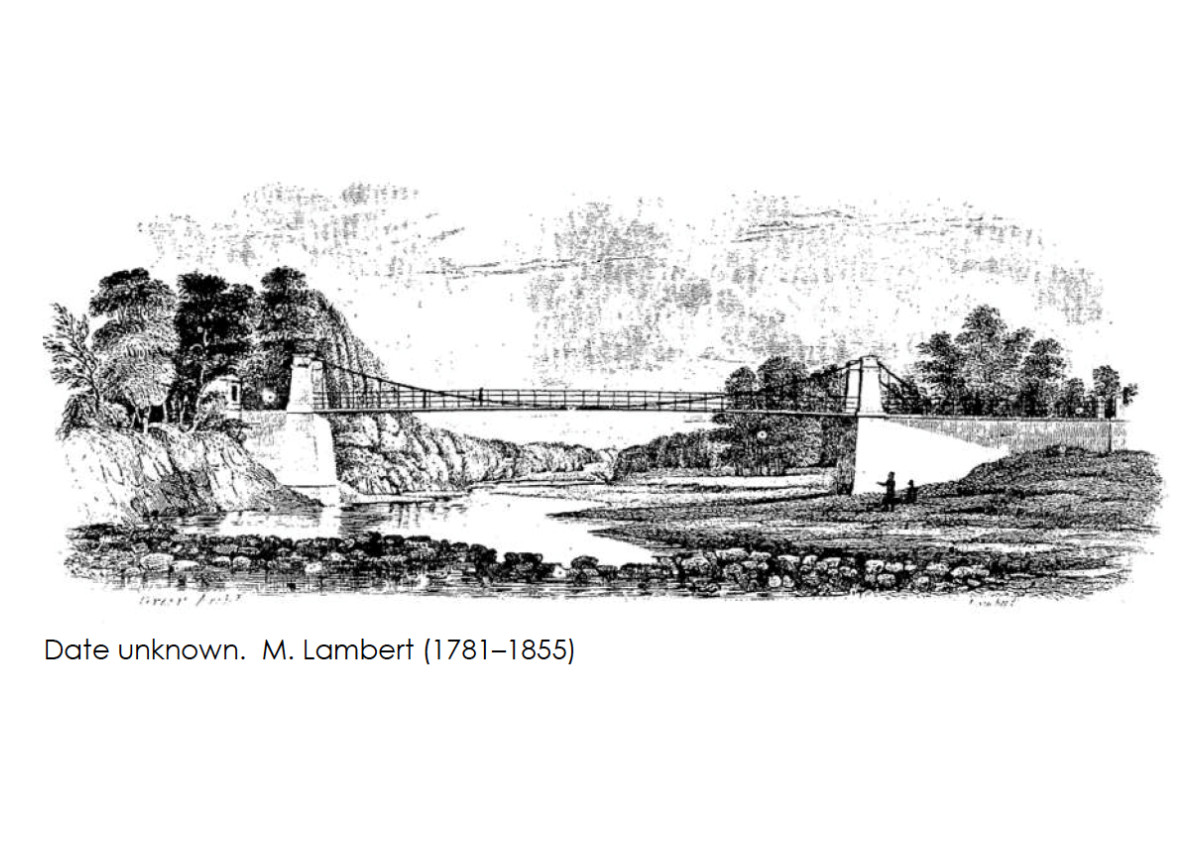History
Whorlton Village Community Association and Village Hall

History of Whorlton
Whorlton village stands on the north bank of the Tees four miles downstream from Barnard Castle. The village of Whorlton consists of houses built round a triangular green. The village was first recorded in about 1050. This village was first recorded as Queorningtun in about 1050. It probably means 'Farmstead by the mill stream'. The Old name of Whorlton Beck was no doubt Cweorning, a derivative of Old English cweorn 'mill'.
This village was first recorded as Queorningtun in about 1050. It probably means 'Farmstead by the mill stream'. The Old name of Whorlton Beck was no doubt Cweorning, a derivative of Old English cweorn 'mill'.The earliest occupation we know off in the parish dates to the Neolithic period. Three arrowheads were found at Humbleton Hill in 1953. These may have been used by early hunters or are possibly a sign of warfare.
Whorlton and Westwick were joined as one parish in May 1998. Westwick is of a similar antiquity to Whorlton, indeed in the middle ages, it had a population bigger than Barnard Castle. Between Whorlton and Westwick lies Sledwich and in particular Sledwich Hall, which dates back to the 16th century.
Whorlton was a local crossing point of the Tees for many centuries. Originally there was a ford to Wycliffe and beyond. But this was dangerous, and a ferry-boat operating from 1691 proved equally so. A public house (The 'Boot and Shoe') stood at the water's edge, and there were many accidental drownings on dark nights! Relief came, however, with the erection of the present suspension bridge, opened amid great rejoicing in 1831. Built by John Green of Newcastle, it is the oldest suspension bridge in the country supported unaided by its original chains, and is still in constant use, in spite of a tendency to sway under the movement of tramping feet along its wooden roadway and pavements! Recently a three ton limit for vehicles has been imposed to preserve this remarkable structure. The ford was blown up soon after the opening, but the ferry remained until the 1850s. The Bridge was controlled by tolls until after the First World War; it and the toll house are now listed buildings.
In this same year, 1831, the village population peaked at 311. Improved communications resulted in much activity. A school, built in 1848, was enlarged in 1870 to accommodate 100 children, many coming from across the river. Whorlton Sports Day in 1867 records 19 events, with 157 entrants, competing for valuable cash and other prizes. In 1887 a drinking fountain was erected near the school to commemorate Queen Victoria's Golden Jubilee. In 1894 the population of 245 included, among others: two publicans, a butcher, tailor, joiner, mason, farm bailiff, blacksmith and overseer, bricklayer, shopkeeper, schoolmaster, vicar and eight farmers. A busy community.
In the 19th century there were two places of worship. The Parish Church was built in 1853 on the site of the old flat-roofed chapel-of-ease at the south end of the green. An Independent Chapel built nearby in 1840 is now the Parish Hall, owned by the Church and leased to the Whorlton Village Community Association. The church building, having an octagonal spirelet with a single bell, can accommodate 150 people and is a good example of Victorian architecture with very fine stained glass. It is surrounded by the churchyard and bordered by tall wellingtonias to the south.
An old photo of Ferrymans House from the Teesdale Mercury Archives is shown below.

